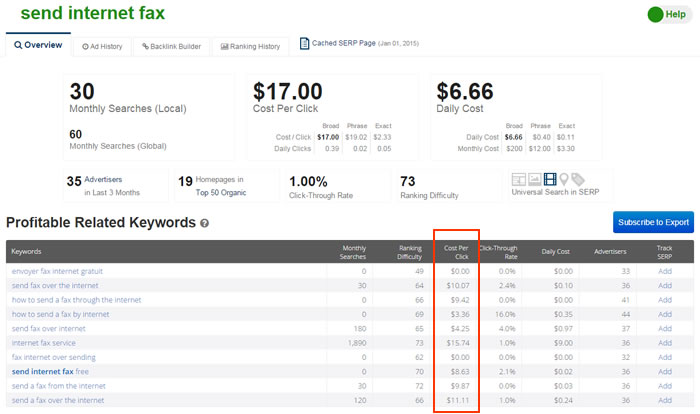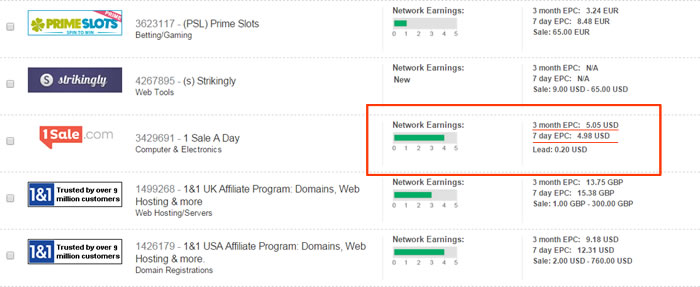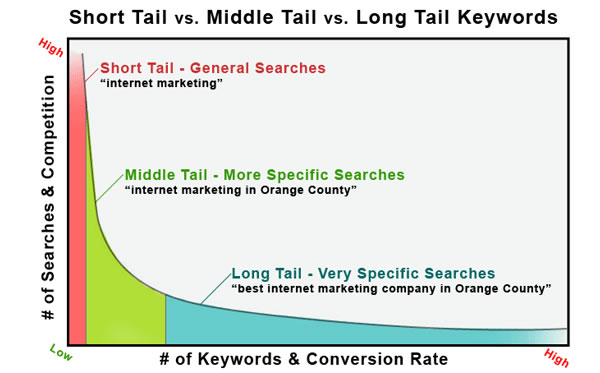When it comes to managing social media accounts with better efficiency, it is essential to understand the tools used for successful management. However, you should agree to the fact that proper management of anything requires to do tasks appropriately. But the most important question is how you can manage your social media marketing campaigns effectively as it requires alignment of people in the correct positions, budget, time, and goals for successful completion of these campaigns?
Now these days, presence of small or big businesses on social media is one of the most important factors of its success. But, you have to keep one thing in mind that social media marketing is like a dark tunnel where you have to keep on exploring to make your way towards the success but there are certain social media tools that are not only time saving but are very useful in maintaining your brand’s value clear and valuable among your target customers. Without the exploration techniques, you cannot succeed in this tough competitive marketplace, which required proper learning with good implementation skills.
Here I am quoting the top 7 social media tools that every social media marketer should be use for optimizing their time and enhancing the output of their businesses.
1 Buffer- The Social Media Dashboard for Perfect Management
This is one of the biggest time optimizing social media marketing tool that uses a social media dashboard for managing all types of social media profiles from a single place. Designed with a simple, intuitive, and clean interface, Buffer offers all great options that are required for managing different social media business pages with ease. It means you don’t have to spend time on different platforms separately, but you can do the social media marketing with better convenience through a single interface.

Benefits of Buffer:
- You can manage everything by logging in for just once.
- You can easily do multiple tasks from a single spot like scheduling, analyzing and sharing of posts on different social media platforms. It can support all popular social media sites like Facebook, LinkedIn, Twitter, and Google+.
2 Social Hunt- Pulls Out Your Favorite’s People Activity
If you want to save your time spent in managing different social media platforms on individual basis, then you have to pay lesser visits to these platforms that can only be possible if there is some way of getting updates of your followers on regular basis. One of most useful tool for helping you to pull out updates from your favorite accounts is Social Hunt. As it name suggests this tool digests your preferred followers’ activities by connecting with Twitter to provide you the details of the updates performed by them on daily basis.

Benefits of Social Hunt:
- With this tool, you can never miss an update from your target audiences
- You can easily monitor a group of profiles with this tool.
3 BuzzSumo Alerts: Notifies When Your Posts Go Viral
The Alerts tool of BuzzSumo is integrated with some impressive applications that are used for managing various social media accounts easily. It means you don’t have to visit each social site independently to check the notifications, but this new Alerts app of BuzzSumo will send you an email whenever your blog posts or timeline posts go viral or appeared as most-shared blog posts.

Benefits of BuzzSumo Alerts:
- This application alerts you about your post’s popularity via email.
- You can easily measure the quantity of your posts as it shows in different social media sites without even visiting those sites.
- This app supports nearly all important social networks like Facebook, Pinterest, LinkedIn, Twitter and Google+.
4 SumAll – Offers Social Media Reports
If you are searching for a social media management tool that can provide you with social media reports regarding all the activities performed on the platforms of your respective social media pages, then SumAll is a great tool. Once, you have integrated all the social media accounts of your brand with this tool, it will start procuring insights and data from these accounts and will display these data into in to its central dashboard where you can check these insights to note down what activities are currently performed on your timelines. Besides, you can also get daily or weekly email with all the important information.

Benefits of SumAll:
- You are saved from additional searching activities but the reports will be sent to you directly to your email id.
- You can select the statistics that are of your preferences.
- This tool can be integrated with all famous social media platforms such as Twitter, Pinterest, Tumblr, Facebook, LinkedIn, Google+, and Instagram.
5 Social Count- Track Down the Social Sharing of Your Posts
If you want to check the social sharing of your blog posts on different social networking sites by your website’s visitors or followers on these platforms, then you simply have to plug in the URL of your website with the Social Count tool and the results will be displayed on its interface. It also provides you with essential information like what are the top sharing content on your website by collecting data from Twitter, LinkedIn, and Facebook.

Benefits of Social Count:
- With this tool, you simply have to enter a single URL and obtain all the results.
- You can easily get to know which of your posts are most popularly shared on multiple channels without consistently monitoring the various social media platforms.
6 Social Oomph- Schedule Your Posts in Bulk
This social media management tool comes with some impressive automation features. Social Oomph helps in enhancing the productivity of your business through social media platforms. You can smoothly schedule the updates, search for target audiences to follow your brand, and monitor the activities on your social media profiles through this app. Besides, this tool is updated on regular basis with added functionalities.

Benefits of Social Oomph:
- This tool helps in scheduling posts for Twitter, Facebook, and LinkedIn.
- You can easily import the RSS feeds.
- It comes with advanced search tools for targeting your followers on different social sites.
- You can plan and publish the posts from unlimited blogs.
- The advanced DM management feature of this tool let you filter out the spam.
7 Postplanner- Automates Sharing of Posts
A Facebook Management tool, the Postplanner assists in automating the sharing of content on Your Facebook page. It also allows you to determine the most popular blogs in your industry and you can add those blogs in queue for afterward delivery. This tool can easily handle all the content in the queue and posts them based on their pre-established times.

Benefits of Post Planner:
- This tool helps in automated sharing of content on your Facebook page.
- You can keep a check on the relevant blog posts for your brand and tool will automatically share those posts.
- By managing the posts, it helps in optimizing the time required by your in selecting and sharing the posts individually on your Facebook page.
If you don’t have enough time to spent time in social media marketing, these tools are effective enough to optimize the time required in promoting your social media marketing campaigns. However, if you are aware of any more social media tools that could be useful for the businesses, please do share with us in the comments box below.


















